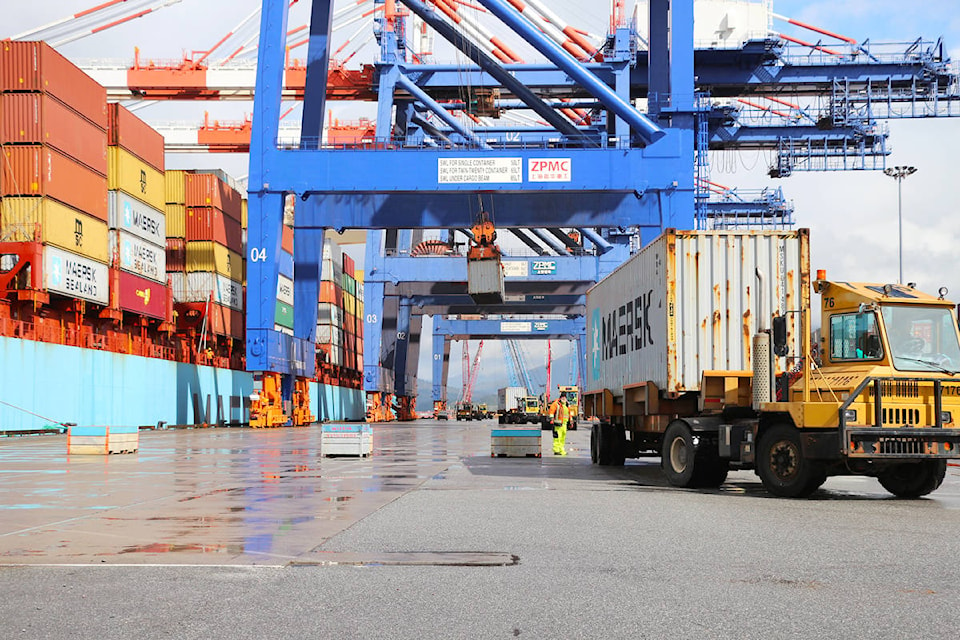Following a downward trend in 2017, the economy in northern B.C. is stabilizing, thanks to the LNG Canada project announcement and increased industrial activities at the Port of Prince Rupert and on Ridley Island, states a new report.
Northern Development Initiative Trust released its second annual State of the North report that tests the economic climate in northern B.C.
The previous report established the baseline trend of what northern B.C.’s economy was like in late 2017, but since then the $40-billion liquefied natural gas (LNG) project was announced for Kitimat, there has been more demand for steelmaking coal, and the Port of Prince Rupert completed its Phase 2A expansion.
“The port is the story, and a huge part of the local economy. You see an increase in shipments, increase in traffic and the development of further traffic,” said Susan Mowbray, senior economist with MNP. Data collection and interpretation for the report was conducted by MNP, a national accounting, tax and business consulting firm.
“When we put together the previous report, we established the baseline, the trend, of what the northern economy was,” Mowbray said. “We’re starting to see it was actually changing. We could see it turning.”
Much of the turn has to do with oil and gas, and clean energy projects. There isn’t much data on individual communities except for what was gathered from the Port of Prince Rupert and ferry routes.
READ MORE: Downward trend and uncertain economic forecast for forestry, says NDIT report
Housing prices in Prince Rupert were ‘volatile’ in 2018. Average homes were up 25 per cent in the first quarter only to go down by -10.5 per cent in the third quarter. Mowbray said this was just a correction. Meanwhile, Kitimat went up 20.4 per cent and saw the biggest change from year over year after LNG Canada made its final investment decision.
BC Ferries saw a drop in passenger traffic on the Port Hardy-Prince Rupert route in 2018, and a slight increase on the Skidegate-Prince Rupert route.
“Tourism is largely driven by the exchange rate,” Mowbray said. When the dollar dips, it’s more expensive to go to the U.S. so most Canadians just stay at home, or travel around the country.
“Up until 2017 there was a really strong growth in tourism numbers that just sort of started to level off.”
Looking forward into 2019, Prince Rupert’s industrial scene is growing with the completion of AltaGas’ propane export terminal on Ridley Island. The propane export terminal is expected to add around 40 jobs to the area. The gas is being railed in from Alberta, so Mowbray said there shouldn’t be any issues around pipelines.
Then there is the rise in steelmaking coal prices improving exports at Ridley Terminal. Mowbray said the demand for steel is expected to stay high, but she said it will be interesting to see how the U.S. tariffs on steel and aluminum will affect that, with the U.S. importing less and producing more.
Also, most of our coal is going to China. “We will have to see what happens there,” she said.
The current situation between the Canadian government and the Chinese government over the Huawei executive who was arrested is putting a strain on the two countries. China has issued a warning about travelling to Canada.
“The question is, how will that affect the long-term outlook right now, in the short term, we’re not expecting to have an effect,” Mowbray said.
READ MORE: Canadian man, 61, arrested in China on fraud charges: local media
To report a typo, email: editor@thenorthernview.com.
<>Shannon Lough | Editor
Shannon Lough
Send Shannon email
Like the The Northern View on Facebook
Follow us on Twitter
